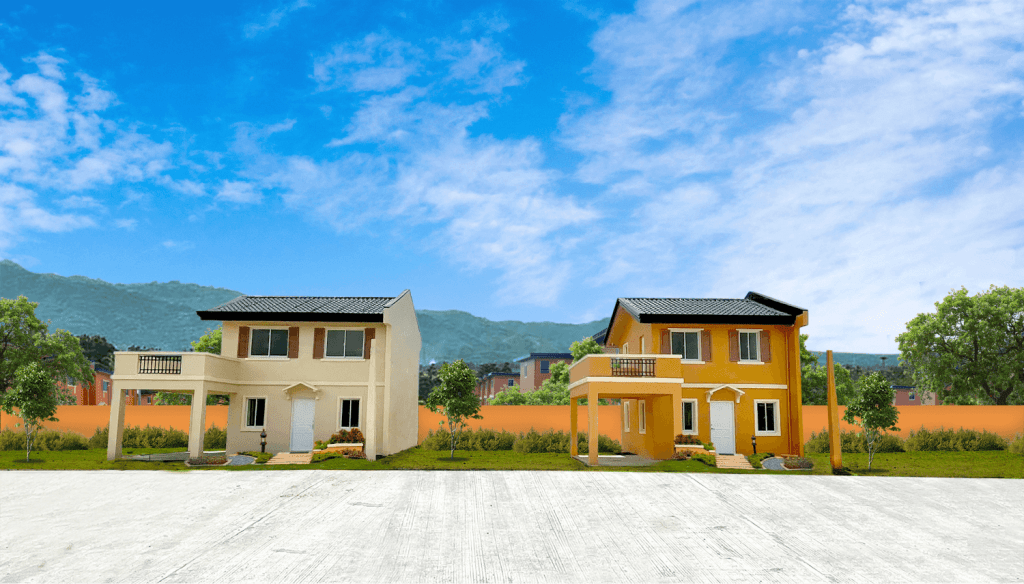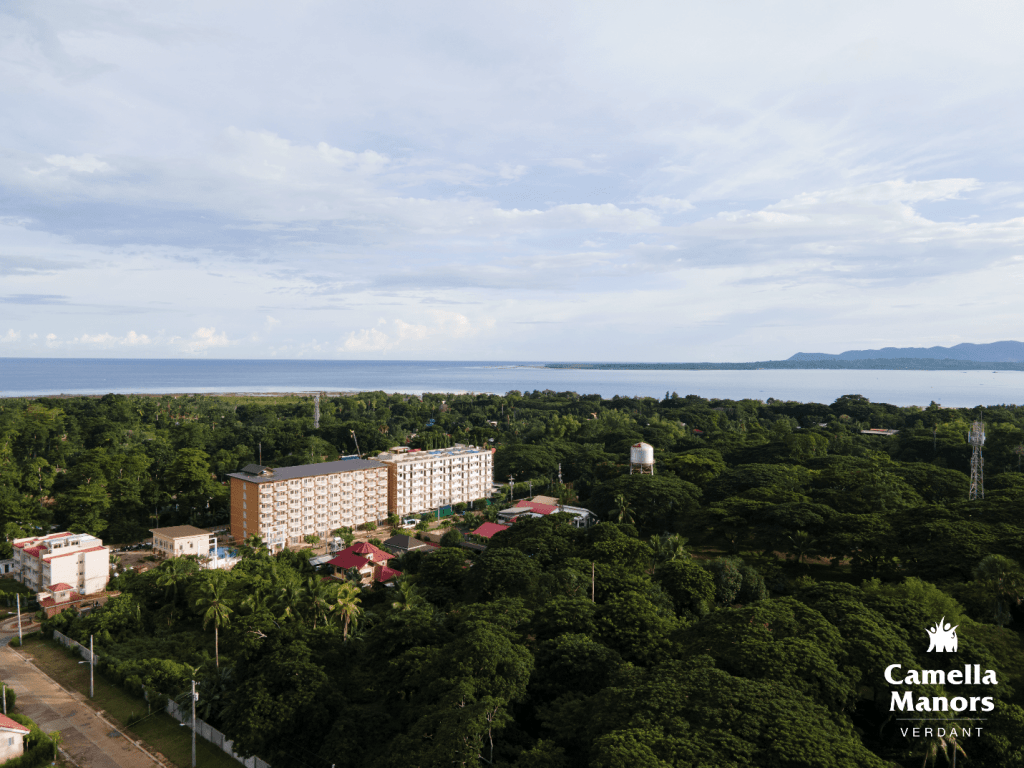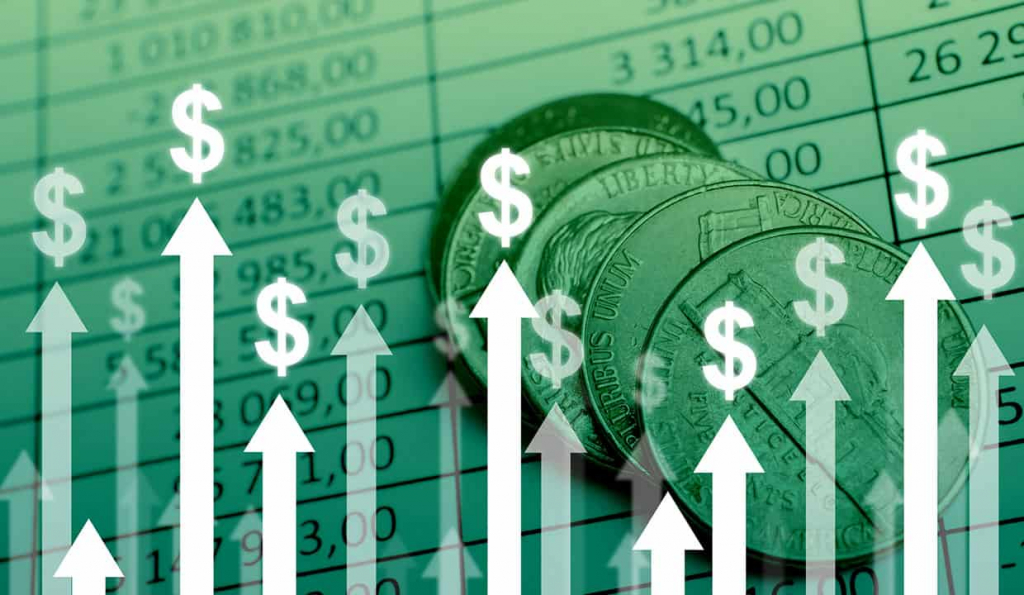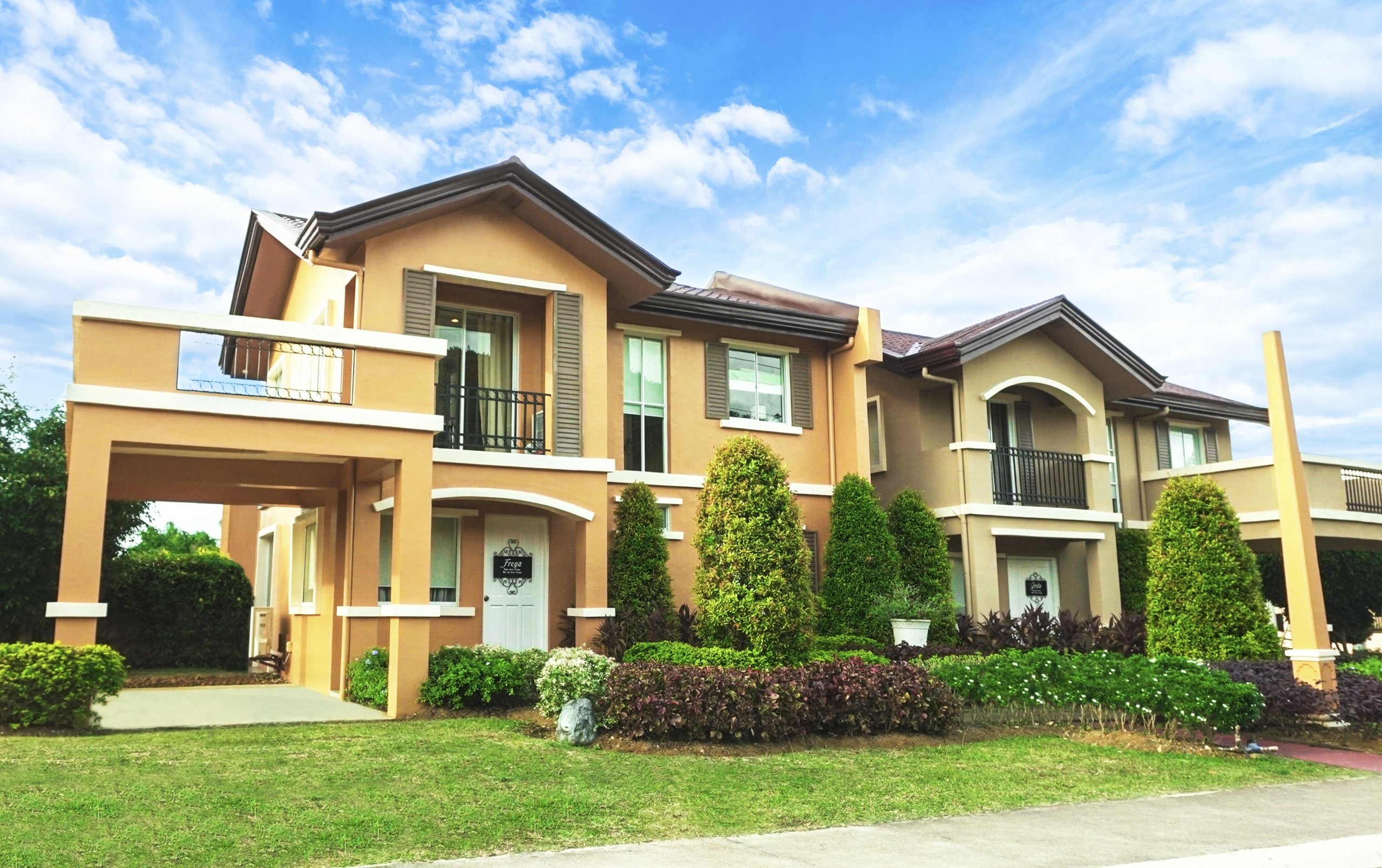How is the 2022 residential real estate sector faring so far? Here are the latest updates and trends stakeholders should watch out for.
Are you planning to buy a new property this year? You may wonder how residential real estate marketing is faring amid oil price hikes, rising inflation, and the pandemic. How are they all connected, and what do they mean for the real estate market? Below are some market updates and current events analysis to guide your home buying.

Residential real estate prices up in the first quarter of 2022
Property prices across the country are picking up again. According to the latest Bangko Sentral ng Pilipinas’ (BSP) report, the country’s Residential Real Estate Price Index (RREPI) was up by 5.6% from last year. This increase is consistent with the central bank’s Consumer Expectation Survey (CES).
Furthermore, this renewed confidence from the continued recovery from the worst of the pandemic and the gradual reopening of businesses.
The return to office and face-to-face classes also ushers back the renters into areas near offices and schools, especially in the National Capital Region. In fact, the residential property prices in the region, which saw a 9.5% increase, are the main driver of the rise in the RREPI.
What are the types of houses that drove the prices up?
Townhouses are the first on the list of house types that drove residential property prices up at 22.6%. Duplexes follow this at 20.9% and condominium units at 14.7%. Furthermore, these three housing types saw an increase in the past quarter. In contrast, single-detached houses saw a minimal decline and contributed 2.5% in total.
In terms of area, single-detached houses have the most significant weight in the residential real estate price index. Second on the list are condominiums, followed by townhouses and duplexes.

Which house types did most of the residential real estate loans go?
Most homebuyers finance their new house units with loans. In fact, 74.3% of the loans in the first quarter of 2022 are for purchasing new homes. Furthermore, the majority (47%) of these new residential property loans went to single-detached or attached houses. Meanwhile, the remaining new residential loans went to condos (38%) and townhouses (14%).
Where are all these housing loans coming from?
A large portion of the first quarter’s housing loans came from the National Capital Region, comprising almost a third of the loans (33.2%). The other third (32.4%) of the loans came from CALABARZON (Cavite, Laguna, Batangas, Rizal, Quezon), followed by Central Luzon at 12.6%. Central Luzon includes the provinces of Aurora, Bataan, Bulacan, Nueva Ecija, Pampanga, Tarlac and Zambales.
Outside Luzon, the region with the most share of the loans is Central Visayas, which includes economically prosperous provinces like Cebu and Bohol. Next is the Davao region, with four component cities, one independent city, and four provinces. Third is Western Visayas, which includes cities Iloilo, Bacolod, and Roxas, among others. Last on the list is Northern Mindanao, where progressive economies like Cagayan de Oro nestle.

What drives residential real estate prices up?
Like any other commodity, real estate prices depend on demand. For example, the easing of COVID-19 restrictions in the country led to the reopening of businesses. As a result, many people are again flocking to central business districts and educational centers. Given this, the demand for housing near these urban spaces are again picking up.
In fact, the Metro Manila Development Authority (MMDA) recorded an average of 400,000 vehicles traversing Metro Manila last May. This is already close to the pre-pandemic average volume of 405,000 vehicles. But as schools and universities again open campuses for face-to-face classes, these numbers could reach up to 500,000 daily, according to MMDA.
Lastly, Bangko Sentral’s data also shows an improvement in NCR’s business outlook. More specifically, it is up at 35.7% from last year’s 20.1%. That said, Colliers Philippines expects that employees returning to the office and ex-pats returning to the country will drive the residential demand further.
What should property investors look out for moving forward?
Property stakeholders should keep an eye out for economic factors that directly affect the real estate market.
Economic growth
The Philippine economy is currently on a positive recovery. In fact, the country’s gross domestic product (GDP) increased by 8.3% in the first quarter of this year, according to the Philippine Statistics Authority (PSA). How does this affect the real estate sector? Performance in the real estate market usually correlates with economic conditions.
In fact, one of the crucial sectors that reflects the strength of an economy is the housing market. For instance, when the economy is booming, people are more inclined to purchase new homes. On the other side, a downturn in the economy can tempt buyers to turn to the secondary market.

Inflation rate
Not all inflation is detrimental. Actually, a moderate inflation rate indicates economic expansion. However, when inflation spikes, it can be worrying and an indication that the economy could be in trouble.
Inflation impacts more than just the costs of your daily necessities and living expenses. In addition, it also has the potential to affect the value of your investments.
To counter the effects of inflation, investors can benefit from investing in rental properties. Whether short-term or long-term, rentals provide investors with adjustable rates adjusted for the rising prices of commodities.
Interest rates
With a continuous rise in the inflation rate and increasing debt, the Bangko Sentral may also increase its interest rates. In effect, it also signals an increase in the cost of borrowing money from banks.
But what does this mean for real estate? Given that the majority of the new house units are financed through loans, high interest rates may discourage potential homebuyers.
On the other hand, interest rate adjustments are the central bank’s monetary policy that attempts to rein in the inflation rate and avoid worst-case scenarios such as stagflation.
Are you looking for real estate investments that could generate income regardless of the state of the economy? Purchase real estate from reputable builders like Camella. In addition, Camella has a variety of houses, lots, and condos for sale in 149 Philippine towns and cities in 47 provinces.

Ideal residential properties in Camella
Browse through Camella’s catalog of house and lot and condo for sale in the Philippines.


